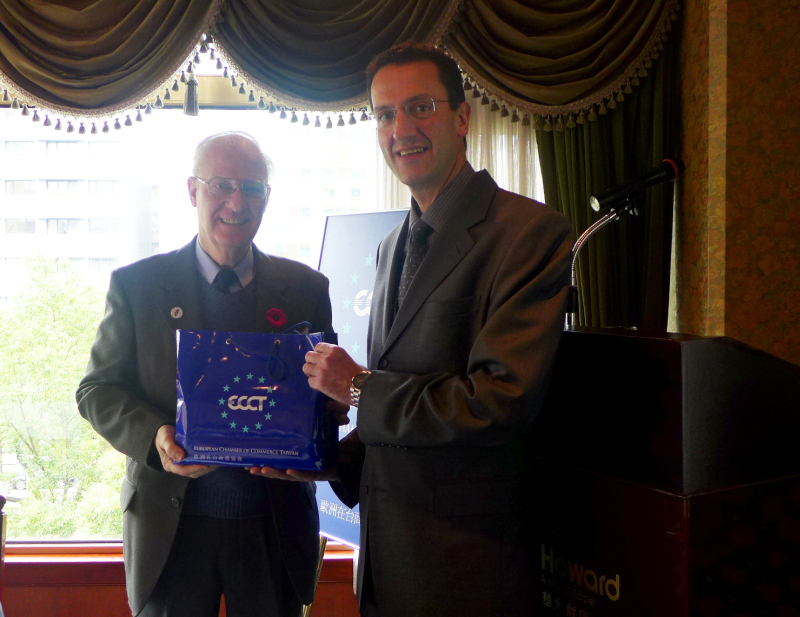The story of Taiwan's prisoner of war camps

The story of the Japanese PoW camps in Taiwan during World War II was little known in Taiwan and around the world until 1997. For the past seventeen years, Hurst and the Taiwan PoW Camps Memorial Society has been engaged in researching and telling the story. Michael has found the locations of all the former camps and traced their stories from the men who were there. He has also collected a vast number of documents, diaries, photographs and artefacts from that time from the PoWs and their family members, and from fellow researchers, museums and archives worldwide.
When Japanese forces took over large parts of Asia soon after the bombing of Pearl Harbour on 7 December 1941, many of the conquered Allied troops in Malaya, Singapore, Hong Kong, Sumatra and The Philippines became PoWs who were eventually sent to PoW camps in Taiwan, Korea, Japan and other places to become slaves for the Japanese war effort. The first PoWs transported to Taiwan were the highest-ranking American PoWs from the Philippines, followed by the British, Australian and Dutch officers from Malaya and Singapore. They were first sent to camps at Pingtung and Hualien. Later other ships brought more men who were sent to Taichung, Taipei and Jinguashi. Conditions aboard the ships were atrocious owing to overcrowding, almost no food, little water and poor sanitation. Disease was rife and thousands died of thirst, starvation, suffocation and disease or when their ship was bombed or torpedoed by allied aircraft and submarines.
In Taiwan 16 PoW camps were established (including two temporary camps) between August 1942 and September 1945. According to Japanese PoW records there were 4,344 allied servicemen held as PoWs in camps in Taiwan during this period although as many as 30,000 allied PoWs passed through the Taiwan ports of Kaohsiung and Keelung during WWII.
According to Hurst's research, life in the camps was extremely hard. There was never enough food. Prisoners were often beaten up by guards, ere over-worked, starved and became sick from malnutrition and disease. The PoW doctors were not given proper or sufficient medicine and, as a result, many died. Work accidents during forced labour claimed many lives as well. Of the total number of PoWs in Taiwan, 430 died in the Taiwan camps and more afterward as a result of their treatment by their captors. Many more died shortly after the war.
According to Hurst, the dropping of the atomic bombs on Hiroshima and Nagasaki came at an opportune time for the PoWs because it disrupted prison authorities from carrying out orders to execute all PoW camp prisoners in August and September 1945. Hurst presented a copy of the execution order, which Japanese authorities in Taiwan neglected to destroy before they fled.
To date the Taiwan PoW Camps Memorial Society has erected twelve memorials at various locations around Taiwan – some with the help the Taiwan government and military, and plans are underway for more in the next few years. They also plan to open a Taiwan PoW Museum in the future.
